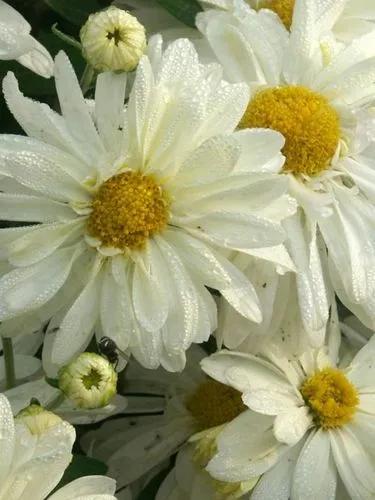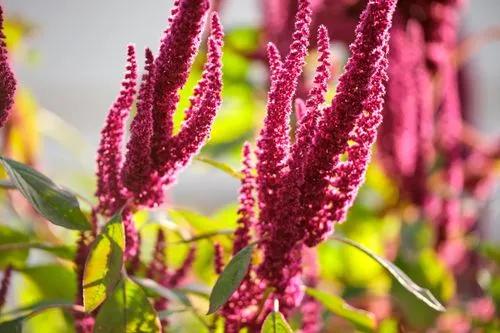Summer lilac is a luscious addition to your summer flower bed. Its rich violet flowers bloom all through the sunny days and attract bees, butterflies, and insects that will benefit your garden. The best part is that the bush does not need much to thrive, so its long flower heads will enrich the air with honey-like fragrance.
Summer Lilac Care
Buddleja davidii 'Black Knight'



Originally from China, Buddleja davidii is part of a family of more than 140 species with blooming plants. The species was spread in Europe and America around the 18th-19th century by the French missionary Father David (where the “davidii” comes from). The Buddleja name itself was given in honor of the amateur botanist Reverend Adam Buddie.
The butterfly bush is also a common name for the plant, as the rich flowers attract all kinds of butterfly species, making Buddleja davidii a good match for a butterfly garden.
Summer lilac grows easily in well-drained soil and can thrive in any corner of the garden except for a North-facing side. It can reach up to 10 ft (3m) tall if not pruned, hence being considered an invasive plant. With a little bit of care, it can border your garden alleys all summer long.
How to Care for the Plant

Water

The plant does not like being put in soggy soil, and it is drought-resistant, so it only needs occasional watering. Watered once per week, the plant is more than happy if planted directly into the garden’s soil. However, keeping the plant in a pot might require watering more often and good soil drainage.
During the first year, the plant needs more watering, until the root system is strong enough. After that, water increase should take place only if the summer days get too hot. Too much irrigation for this plant can attract spider mites; therefore, less is more in this case.
Pruning

Buddleja davidii grows fast and invasive if not pruned, so you need to give it more maintenance in this aspect. Cut anything dead or damaged without a second thought.
Deadhead the flowers that are at the end of their lives, so the plant does not disorderly spread its seeds around the garden. This practice also assures that the next spring will bring more flowering for the plant.
Do this practice either in late fall when the plant goes dormant or in early spring. You can also opt for cutting it down to the ground at around one foot before winter, so the plant grows more vividly next spring.
Fertilizer

As long as the plant is in well-drained soil, it does not need fertilizer at all. It grows tall and wide by itself quite rapidly, so only use slow-release shrub & tree type fertilizer if you see the plant is not growing or blooming as it should.

Sunlight

The plant loves to be in the sunlight, so make sure you place it in a spot where it can get as much as 6 to 8 hours of sun in the summer days. This also helps maintain well-drained soil for the plant.

Soil

This plant is not very pretentious when it comes to soil choices, so the only thing to consider is placing it in well-draining soil.
You can go a little extra and opt for more fertile soil that can help the bush get healthy and round. Also, the pH of the soil can assure that the flowers will have a more vibrant color, so try using soil with a pH of 6.0 to 7.5.
Propagation

Buddleja davidii is easy to propagate by separation from roots. Separate as many healthy parts of the plant as you want and re-plant the newly separated parts in their own spot. Choose the vines with more nodes on them to encourage fast growth.
You can also propagate the plant by seeds. Collect them in late fall and grow them until early spring, when you can move them outside in the sun.

Temperature

The Butterfly bush adapts easily to a wide range of temperatures, and it can tolerate a climate between 20˚F (-6 ˚C) and 70-90 ˚F (15-30 ˚C). The plant will lose its leaves in winter time and grow back in spring.

Container

Although the plant is mostly grown in cut flower gardens, it can also grow in containers. Make sure the pot has drainage holes, as the plant can be affected if overwatered. Try using heavy clay or ceramic pots that can sustain the plant in windy conditions.

Fun fact

Butterfly Bush is associated with new beginnings, resurrection, and rebirth. The plants in the Buddleja family (there are more than 100 of them) have been widely used in traditional Chinese medicine to treat a range of diseases.

Popularity

6,058 people already have this plant 476 people have added this plant to their wishlists
Discover more plants with the list below
Popular articles






